Pasilla Negro: The Deep, Smoky Spice That Will Transform Your Kitchen
Table of Contents
Introduction to Pasilla Negro
Pasilla negro is a type of chili pepper that has been cherished in Mexican cuisine for centuries. Known for its deep, smoky flavor and medium heat level, this spice brings a rich depth to any dish it graces. But what exactly makes pasilla negro stand out from other chilies? Let’s dive into its origins, flavor profile, and culinary significance.
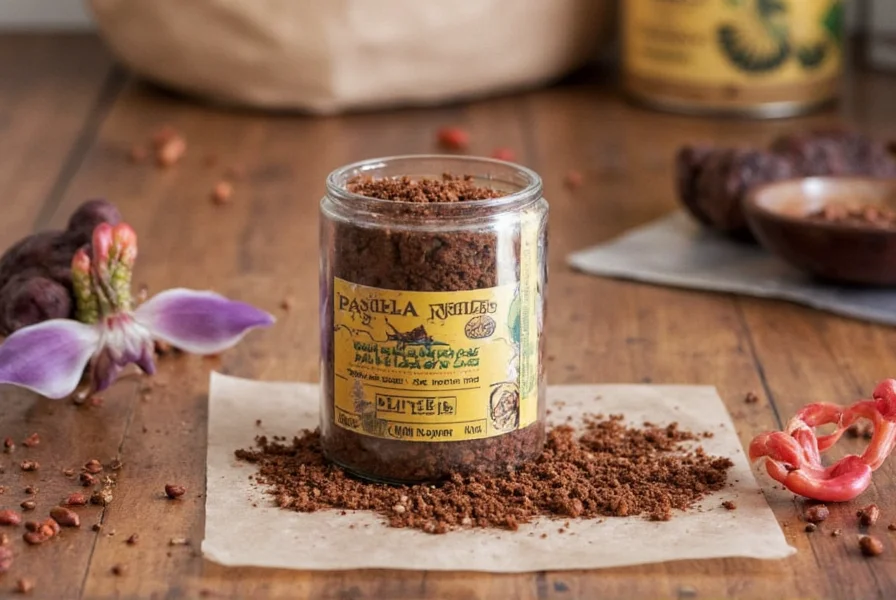
Native to Mexico, pasilla negro is a dried version of the chilhuacle negro pepper. It’s often used in salsas, moles, and stews, adding a subtle heat and earthy undertone. While it may not be as fiery as jalapeños or habaneros, its complexity makes it a favorite among chefs and home cooks alike.
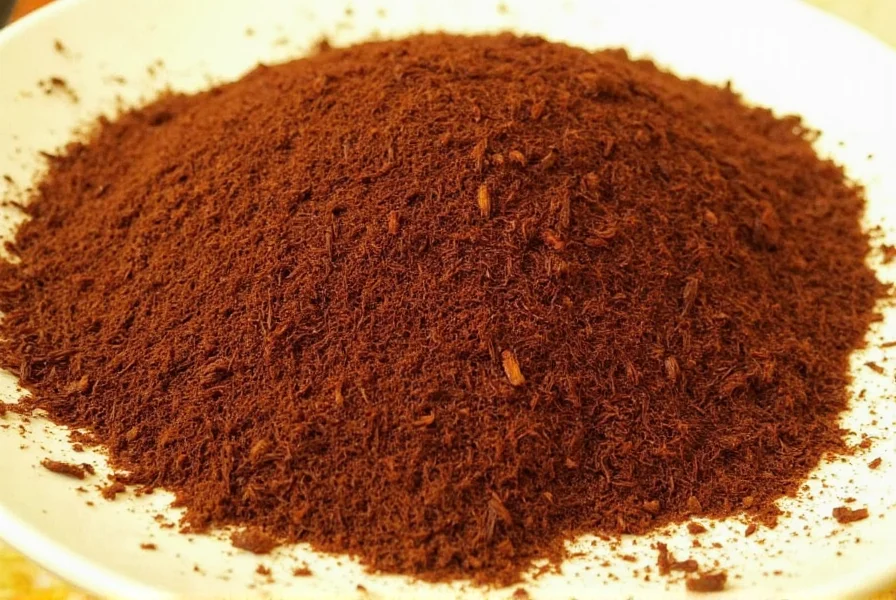
One of the most fascinating aspects of pasilla negro is its versatility. Whether you're making a traditional mole sauce or experimenting with new recipes, this spice can elevate your cooking in unexpected ways. In the next section, we'll explore its flavor profile in more detail.
Understanding the Flavor Profile
If you're new to pasilla negro, you might be surprised by how nuanced its flavor is. It's not just about heat—it's about depth, aroma, and complexity. Let's break down what you can expect when using this unique spice.
**Smokiness**: One of the defining characteristics of pasilla negro is its smoky flavor. This comes from the drying process, which gives the pepper a charred, earthy quality. Think of it as the chili version of a perfectly grilled steak—rich, full-bodied, and deeply satisfying.
**Earthy Notes**: Alongside the smokiness, there are distinct earthy tones. These add a grounding effect to dishes, balancing out the heat and making it more approachable for those who aren’t used to spicy foods.
**Mild Heat**: Unlike some of its spicier cousins, pasilla negro has a relatively low heat level. On the Scoville scale, it typically ranges between 1,000 to 2,500 SHU. This means it adds flavor without overwhelming your taste buds, making it ideal for those who want to enjoy a bit of heat without the burn.
**Sweetness**: Surprisingly, there’s also a hint of natural sweetness in pasilla negro. This helps to round out the flavors and make it more palatable for a wider range of people. It’s like the perfect balance between savory and sweet—a harmony that few spices achieve.
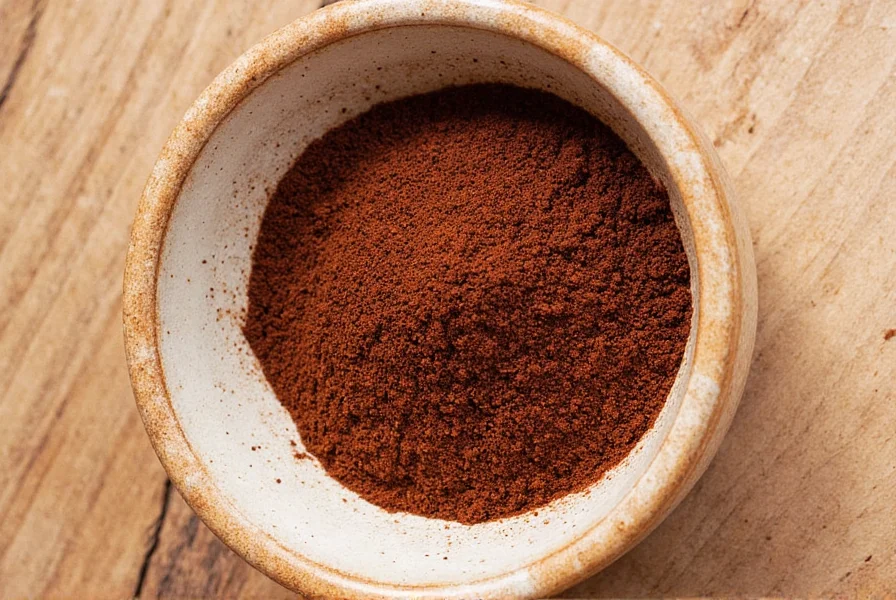
To give you a better idea of how pasilla negro compares to other common chilies, here's a quick comparison table:
| Chili Type | Heat Level (SHU) | Flavor Profile |
|---|---|---|
| Pasilla Negro | 1,000–2,500 | Smoky, earthy, slightly sweet |
| Jalapeño | 2,500–8,000 | Grassy, tangy, mild heat |
| Habanero | 100,000–350,000 | Fruity, floral, intense heat |
| Ancho | 1,000–1,500 | Winy, sweet, mild heat |
This table shows that pasilla negro sits comfortably between ancho and jalapeño in terms of heat and flavor. It’s not the most fiery, but it’s definitely one of the most flavorful.
Culinary Uses and Recipes
Now that you understand what pasilla negro is and what it tastes like, let's talk about how to use it in your cooking. This spice is incredibly versatile, so the possibilities are nearly endless. Here are a few popular uses and recipes to get you started:
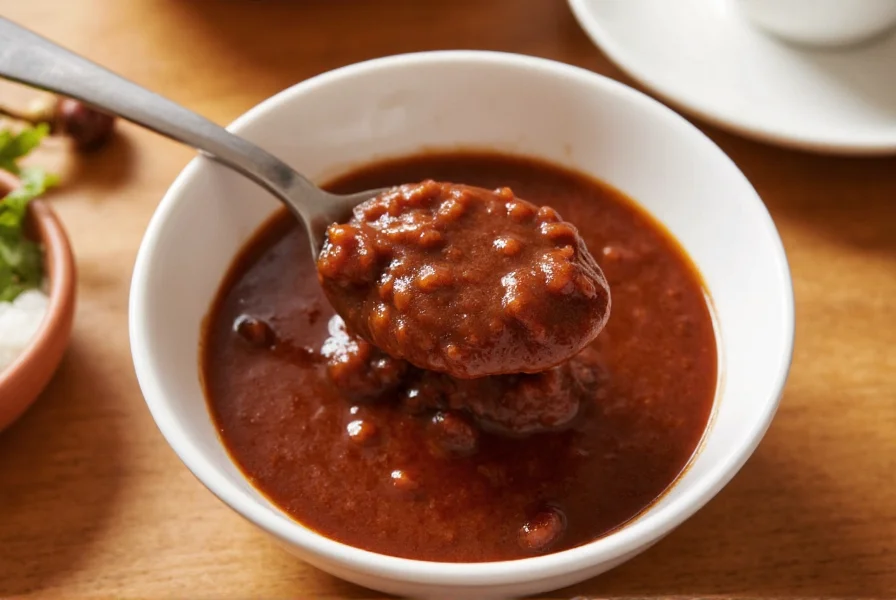
Mole Poblano: Mole is a classic Mexican sauce that often includes pasilla negro. Its smoky depth complements the chocolate and spices in the sauce, creating a rich, complex flavor that’s hard to resist.
Salsa Fresca: For a lighter option, try incorporating pasilla negro into a fresh salsa. Just roast the peppers, blend them with tomatoes, onions, and cilantro, and you’ll have a delicious, slightly smoky salsa that’s perfect with chips or tacos.
Stews and Soups: Add a pinch of pasilla negro to your favorite soup or stew for an extra layer of flavor. It works especially well in bean-based dishes, where its earthiness shines through.
Marinades: Use pasilla negro in marinades for meats like chicken, pork, or even tofu. The smoky notes will infuse the protein with a rich, savory flavor that’s hard to replicate with other spices.
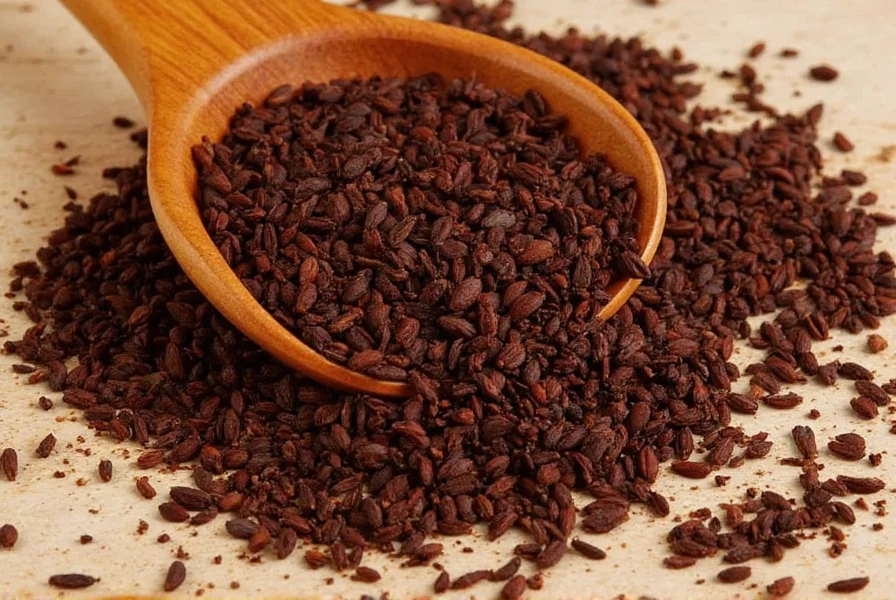
Here are a few quick tips for using pasilla negro in your kitchen:
- Roast before using: To bring out the best flavor, roast the dried peppers over an open flame or in a hot oven before blending or chopping.
- Use sparingly: Even though it’s not super spicy, a little goes a long way. Start with a small amount and adjust to taste.
- Pair with bold ingredients: Because of its strong flavor, it pairs well with ingredients like garlic, cumin, cinnamon, and chocolate.
Whether you're a seasoned chef or a curious home cook, pasilla negro is a spice worth exploring. In the next section, we’ll cover everything you need to know when buying this unique chili.
Buying Guide for Pasilla Negro
If you're ready to try pasilla negro, the first step is knowing where to buy it and what to look for. Not all chili peppers are created equal, and the quality of your pasilla negro can make a big difference in your final dish. Here's a detailed guide to help you choose the best product:
1. Look for Dried, Whole Peppers: High-quality pasilla negro should come in the form of whole, dried peppers. Avoid pre-ground versions unless they’re from a trusted source, as ground spices can lose their potency quickly.
2. Check the Color and Texture: Good pasilla negro should be dark brown or black, with a wrinkled, leathery texture. Avoid peppers that look too bright or have visible mold or moisture.
3. Consider the Origin: Pasilla negro is traditionally grown in Mexico, particularly in the state of Oaxaca. Look for products labeled as “Mexican pasilla” or “Oaxacan pasilla” to ensure authenticity.
4. Read the Label: If you’re buying from a store or online, check the label for information about the growing region, processing method, and any certifications (like organic or non-GMO).
5. Buy in Small Quantities: Since pasilla negro has a strong flavor, it’s best to start with a small bag or jar. You can always buy more later if you love it.
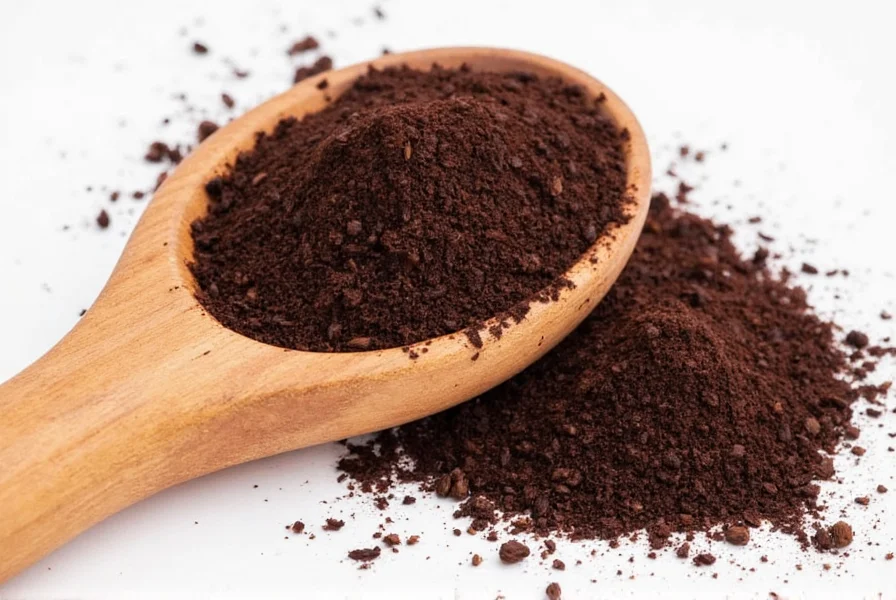
Now that you know what to look for, here are a few recommended products based on different needs and preferences:
- Organic Pasilla Negro from Oaxaca
- Features: 100% organic, handpicked, and sun-dried.
- Advantages: No artificial additives, rich in flavor, ideal for authentic Mexican cooking.
- Use Cases: Great for moles, salsas, and stews.
- Target Audience: Home cooks and professional chefs looking for high-quality, authentic ingredients.
- Suitable Occasions: Any meal that calls for a deep, smoky flavor, especially during festive occasions or family dinners.
- Ground Pasilla Negro for Easy Use
- Features: Pre-ground, convenient, and shelf-stable.
- Advantages: Saves time, easy to measure, great for everyday cooking.
- Use Cases: Ideal for marinades, rubs, and sauces where you don’t want to deal with whole peppers.
- Target Audience: Busy cooks or those who prefer convenience without sacrificing flavor.
- Suitable Occasions: Quick weeknight meals, snacks, and light lunches.
As you can see, there are options available for every type of cook. Now that you’ve got the inside scoop on where to find and how to use pasilla negro, let’s move on to some practical tips to help you make the most of this incredible spice.
Cooking Tips and Tricks
Using pasilla negro in your cooking is easier than you might think, but there are a few tricks that can help you unlock its full potential. Whether you're roasting, grinding, or blending, these tips will help you get the best results every time.
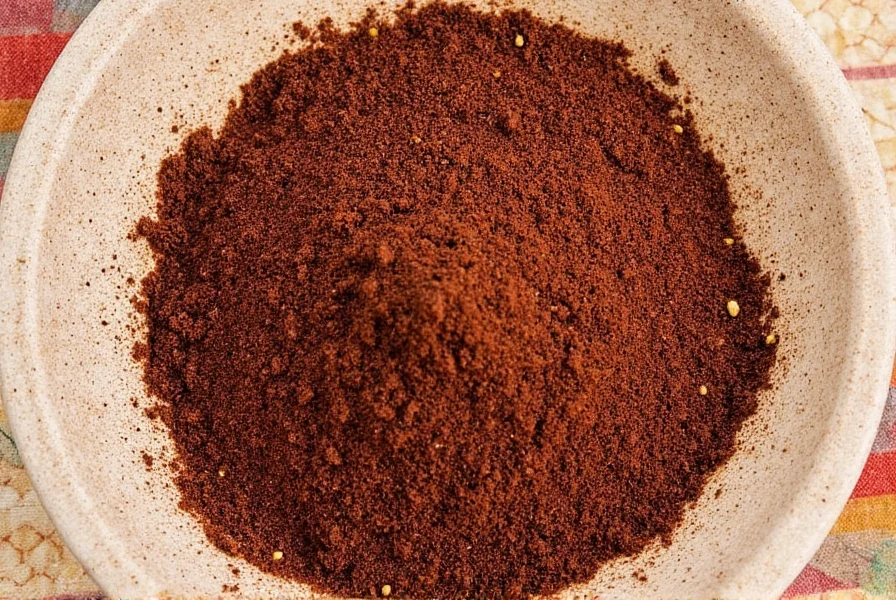
1. Roast Before Using: Roasting pasilla negro enhances its flavor and removes any bitterness. To roast, place the peppers directly over an open flame or in a hot oven until they blister and darken. Then, soak them in warm water for a few minutes to soften before using.
2. Soak for Better Flavor: If you're using whole peppers, soaking them in warm water for 15–20 minutes can help rehydrate them and make them easier to blend or chop. This is especially useful when making salsas or sauces.
3. Use a Mortar and Pestle for Freshness: If you have access to fresh pasilla negro, grind it using a mortar and pestle instead of a blender. This method releases more oils and intensifies the flavor, giving your dish a more vibrant taste.
4. Pair with Complementary Spices: Pasilla negro works well with a variety of other spices. Try combining it with cumin, garlic, oregano, or cinnamon for added depth. It also pairs beautifully with chocolate in mole sauces.
5. Experiment with Different Forms: Don’t limit yourself to just one way of using pasilla negro. Try it as a dry rub, a paste, or even in a chili oil. The more you experiment, the more you’ll discover its versatility.
By following these simple tips, you can elevate your cooking and make the most of this incredible spice. In the next section, we’ll wrap things up with a final thought on why pasilla negro is a must-have in any spice collection.
Conclusion
In conclusion, pasilla negro is a remarkable spice that brings a unique combination of smokiness, earthiness, and subtle sweetness to any dish. With its moderate heat and rich flavor, it’s a favorite among both amateur and professional cooks. Whether you're making a traditional mole, a smoky salsa, or a hearty stew, pasilla negro is sure to impress.
The key to unlocking its full potential lies in how you prepare and use it. From roasting and soaking to pairing with complementary ingredients, each step contributes to the overall experience. And with the right buying guide and cooking tips, you’ll be able to enjoy this spice in a variety of ways.
So, if you haven’t already, consider adding pasilla negro to your pantry. It may just become your new favorite spice—and your kitchen will thank you for it.

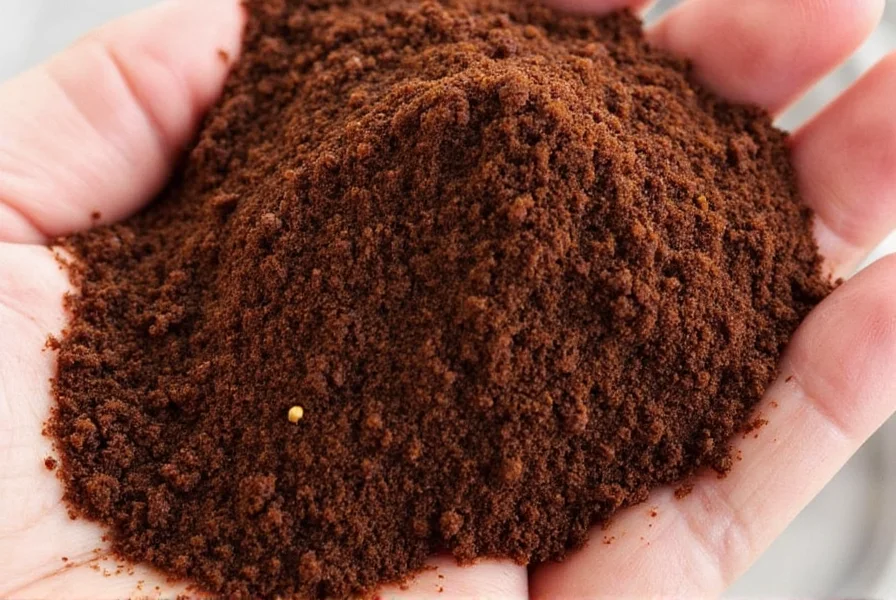









 浙公网安备
33010002000092号
浙公网安备
33010002000092号 浙B2-20120091-4
浙B2-20120091-4